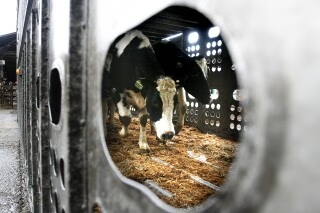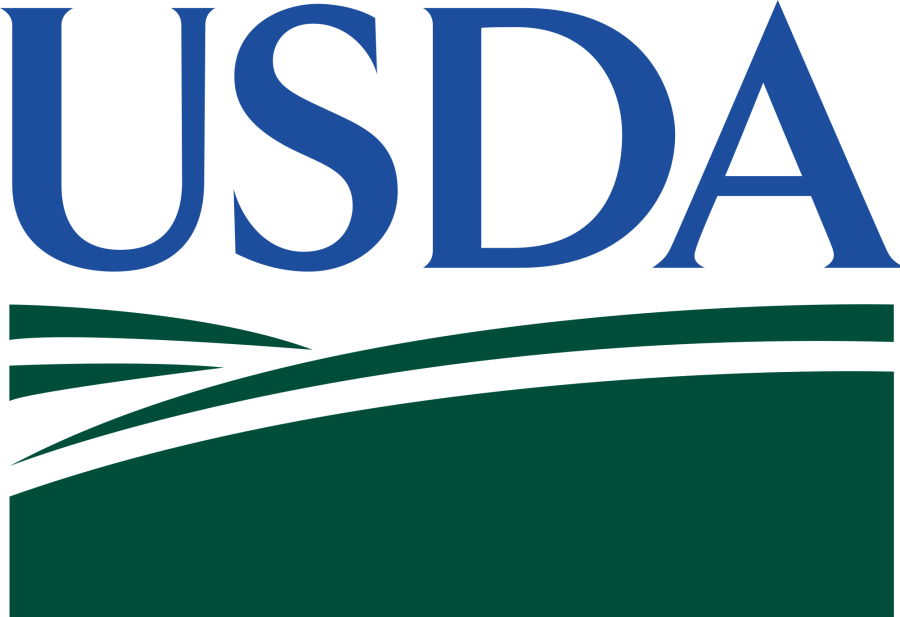Understand the ramifications of Trump’s shooting on dairy farming. Discover essential measures to safeguard your operations and ensure your livelihood. Access expert insights and practical guidance today.

In an unsettling turn of events, former President Donald Trump was shot during a public appearance, an incident that has reverberated through the entire nation. This event—amid increased political unrest—is especially noteworthy for America’s dairy farmers. We are already struggling with issues like changing milk costs and labor difficulties, so we now deal with further uncertainty. For dairy producers, the effects are instantaneous: psychological stress on an already strained society and unstable markets. Knowing these dynamics will help one negotiate the following days and weeks.
A Sudden Shock: The Incident’s Immediate Aftermath and Ongoing Investigations
A shooting occurred at a Donald Trump rally on Saturday in Butler, Pennsylvania, at 6:13 PM. Loud noises filled the air as Trump was struck in the right ear. He was quickly aided by security and later declared “fine” after a medical checkup. Unfortunately, one spectator died, and at least two others were injured. The rally site is now an active crime scene, with the FBI heading the investigation.
The suspect, Thomas Matthew Crooks, 20, was killed by the Secret Service. Crooks, a self-proclaimed anarchist with a history of mental health issues and political disenchantment, saw Trump as a symbol of systemic failure. His online forums and manifesto revealed deep frustrations and disdain for authoritarian figures. This raises the urgent need to address mental health and the radicalization of politically disillusioned individuals.
An Environment of Tension: The Context Leading Up to the Incident
Leading up to Donald Trump’s shooting, the political and social milieu was tense and divided. Trump’s divisive words and actions over time widened social gaps and created an atmosphere where political conflict often went personal and sometimes violent. Many were offended by his policies on immigration, healthcare, and environmental rules; others loved his attitude to economic development and deregulation. The nation was also dealing with a protracted epidemic, financial turmoil, and more active social justice movements concurrently. The unexpected occurrence was built up by this almost unheard-of polarizing and historically low public confidence in political institutions. Social media fed the fires of debate and false information, aggravating existing differences.
Shocks to the Political Landscape: Implications for the Dairy Industry Amidst Donald Trump’s Shooting
Shocks to the political landscape, such as Donald Trump’s shooting, can significantly affect various economic sectors, including the dairy industry. Initially, this incident can cause market uncertainty and volatility, impacting milk prices and consumer behavior. Political instability often leads to dips in consumer confidence, which may decrease demand for dairy products. Dairy farmers need a strategic approach to balance supply and demand, adjusting production levels to minimize losses during such periods.
The incident could also influence international trade relations. As the U.S. dairy industry is integrated into global markets, disruptions in geopolitical stability can affect trade agreements and export opportunities. Staying informed about trade policies, tariffs, and market conditions is crucial. Engaging with trade organizations and updating policy knowledge will help navigate these complexities.
In summary, while the long-term impacts on the dairy market are uncertain, dairy farmers must remain proactive and informed. By anticipating market changes, adjusting production, and staying attuned to international trade developments, they can better manage the challenges arising from this unprecedented event.
Catalyst for Change: How Donald Trump’s Recent Shooting Could Shift Agricultural Policies
Donald Trump’s recent shooting could lead to significant shifts in agricultural policies and regulations, unexpectedly impacting the dairy industry. This incident might trigger a reevaluation of current policies focusing on national security and public health, potentially resulting in stricter regulations. This translates to increased scrutiny and compliance obligations for dairy farmers, emphasizing the industry’s critical role in food security.
One key area of potential change is occupational safety and health standards. While farming operations with ten or fewer employees are exempt from OSHA enforcement, heightened safety concerns could spark debates on extending these standards more broadly. This could mean new mandates for excellent worker safety, impacting farm operations and possibly increasing costs.
The incident may also affect agricultural subsidies and financial assistance programs. Political stability is crucial for consistent support of farming businesses, and an event of this magnitude introduces uncertainties. Policymakers might reconsider funding allocations, leading to adjustments in subsidy programs, which would require dairy farmers to adapt proactively to new economic conditions.
Regulations to protect public health might tighten, affecting everything from dairy production processes to cheese curd handling. These changes could require investments in compliance measures, impacting operational costs within the dairy industry.
Market dynamics influenced by political events should be considered. Volatility in trade policies may alter demand-supply equations. Dairy farmers must stay informed, as changes in international trade agreements or domestic market protections could create new opportunities or impose challenges.
The shooting incident has significant implications for dairy farmers, who must navigate a changing regulatory landscape. Staying informed and adaptable will be crucial for mitigating disruptions and leveraging new opportunities in the wake of this event.
Resilience Through Unity: Strengthening Community Bonds in Times of Crisis
In these turbulent times, community support for dairy farmers is paramount. Nationwide, farmers are uniting to pool resources and sustain operations amidst uncertainty. Local initiatives are thriving, with communities developing networks to share best practices, labor, and tools. These networks are essential, especially for smaller farms with limited resources. Regional agricultural associations also provide legal, logistical, and emotional support, ensuring dairy farmers remain connected and resilient.
The Bottom Line
The sudden and violent incident involving Donald Trump has sent shockwaves through various sectors, including the dairy industry. Dairy farmers must stay vigilant and adaptable. Keeping up with these developments will protect their operations and ensure a stable food supply for the public. Knowledge and preparedness are the best tools to navigate the uncertainty. Stay proactive, connect with your community, and advocate for supportive policies in the dairy industry.
Key Takeaways:
- Political Instability: The incident has heightened political tensions, which could lead to changes in agricultural policies and subsidies that impact dairy farmers directly.
- Market Volatility: Fluctuating markets and economic uncertainty may follow, affecting milk prices and export demands.
- Community Resilience: Emphasizing the importance of solidarity within the agricultural community to navigate these trying times together.
Summary:
Former President Donald Trump was shot during a rally in Butler, Pennsylvania. The incident could impact international trade relations, affecting trade agreements and export opportunities. Dairy farmers must remain proactive by anticipating market changes, adjusting production, and staying attuned to international trade developments. The incident may trigger a reevaluation of current policies focusing on national security and public health, potentially resulting in stricter regulations. Market dynamics influenced by political events should be considered, as changes in international trade agreements or domestic market protections could create new opportunities or impose challenges. Community support is crucial for dairy farmers, as they unite to pool resources and sustain operations amidst uncertainty.













